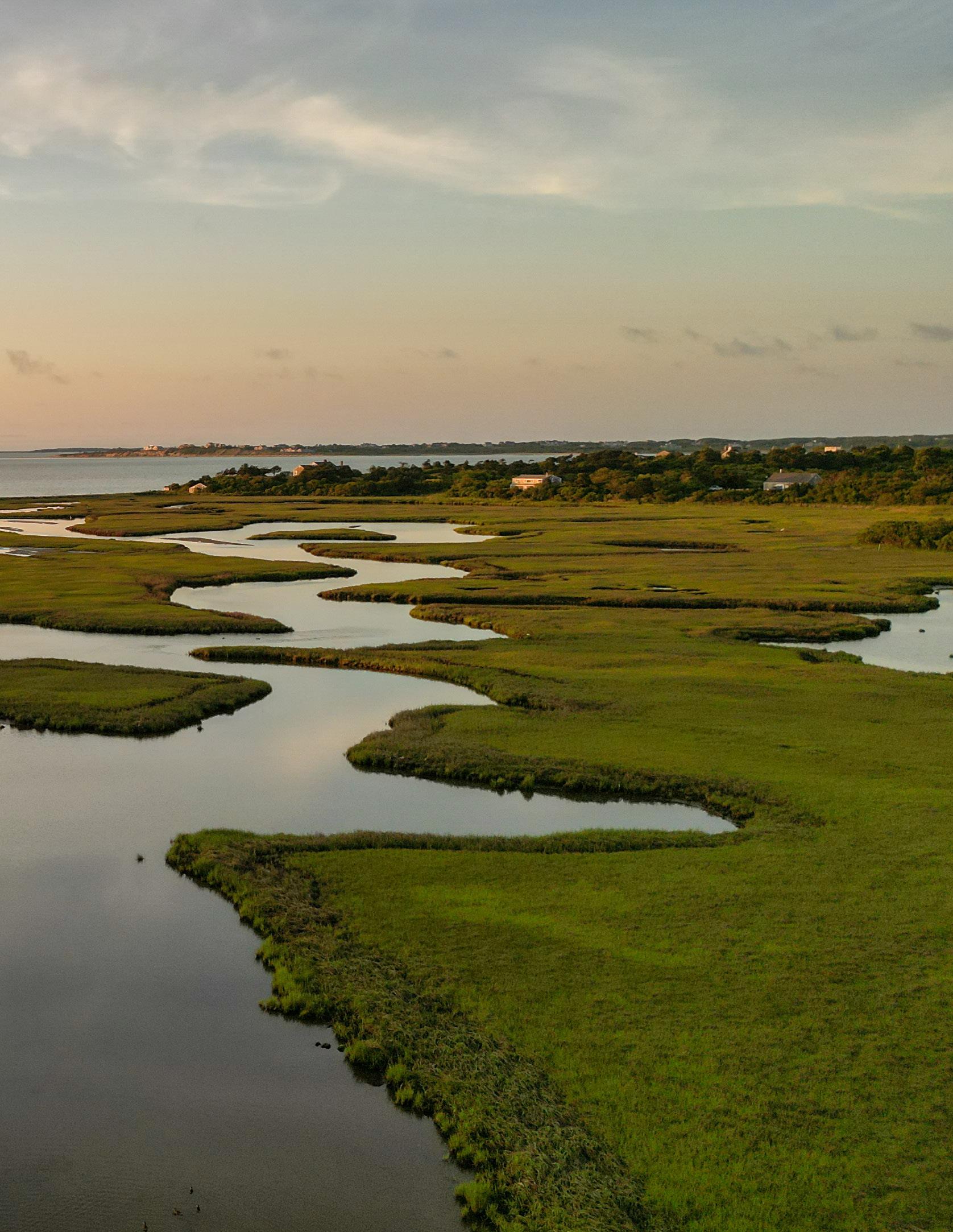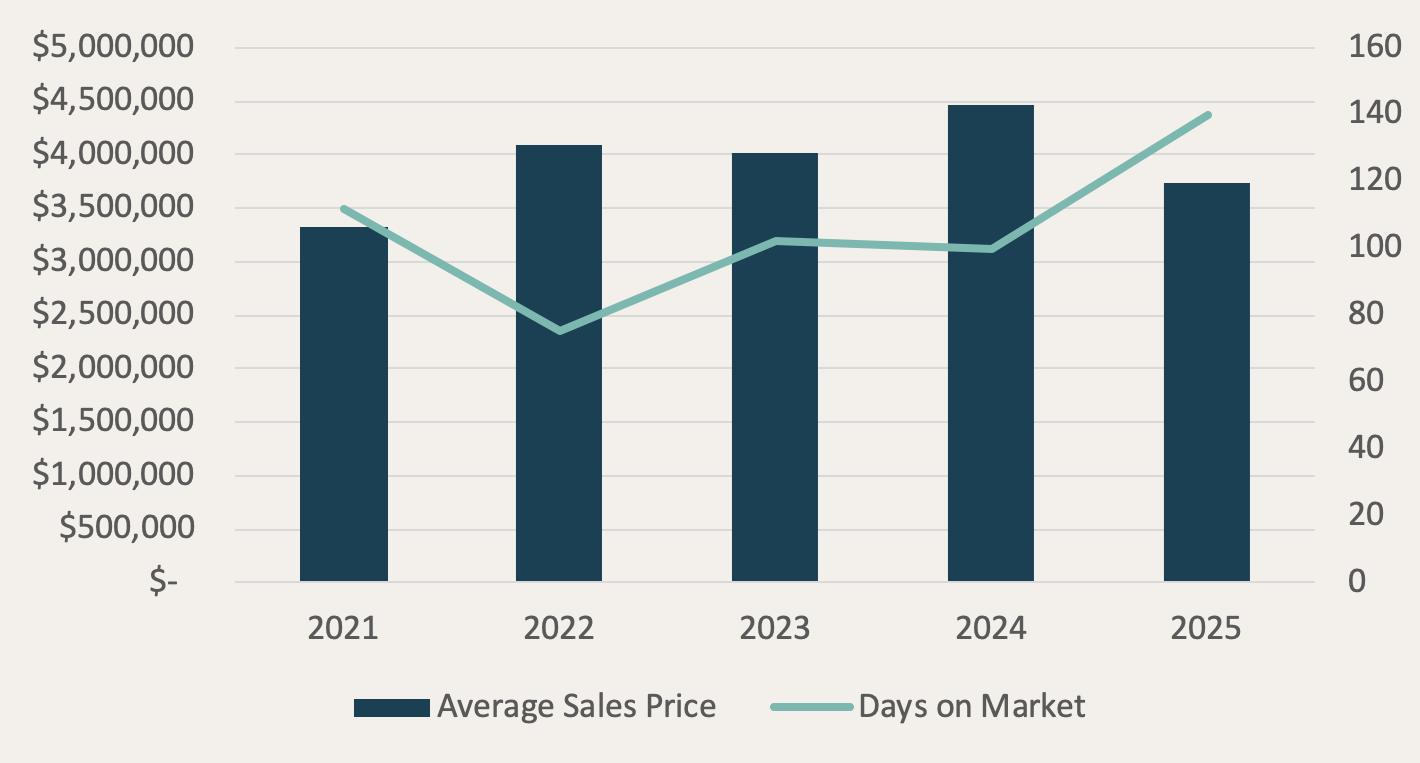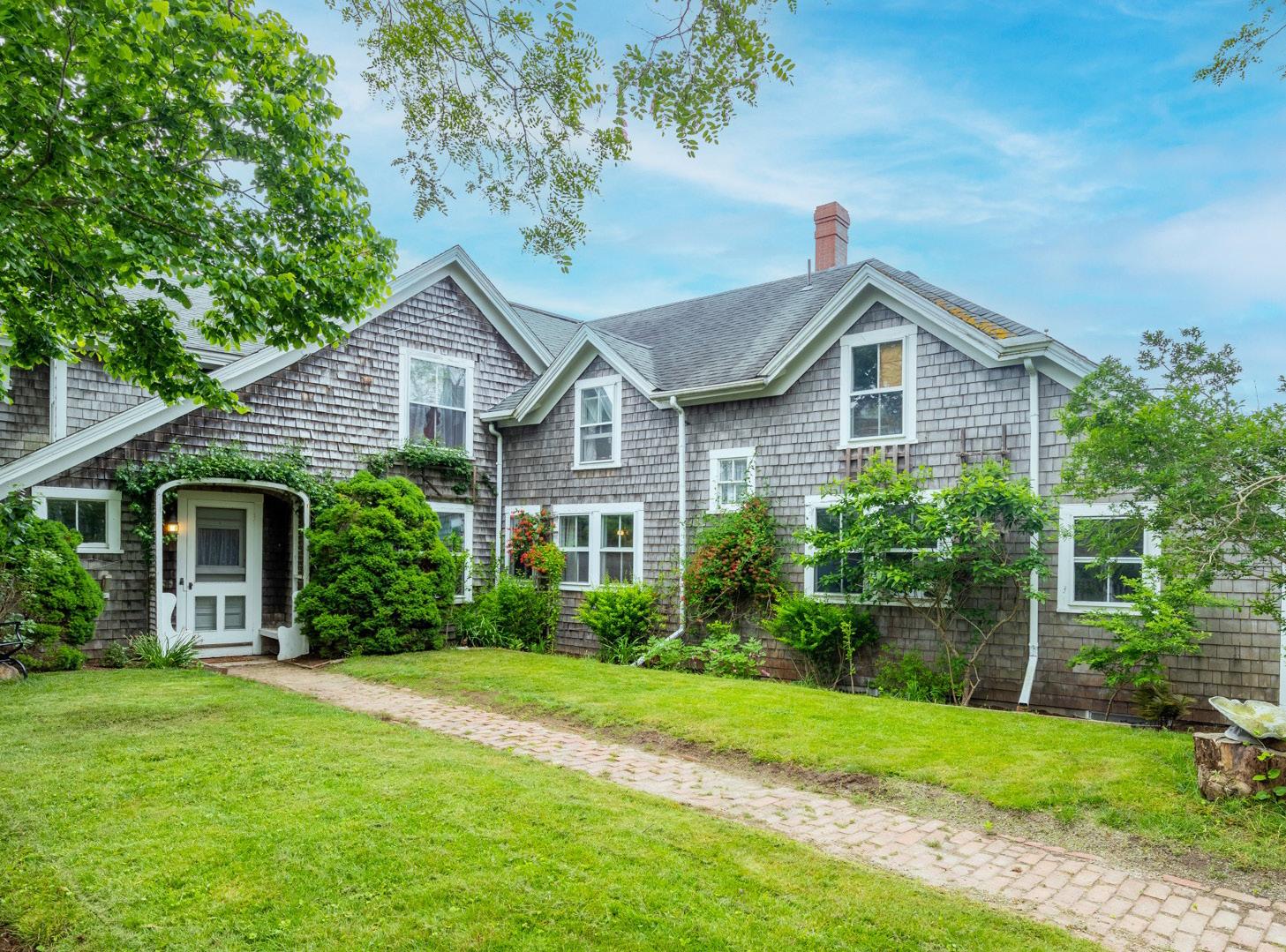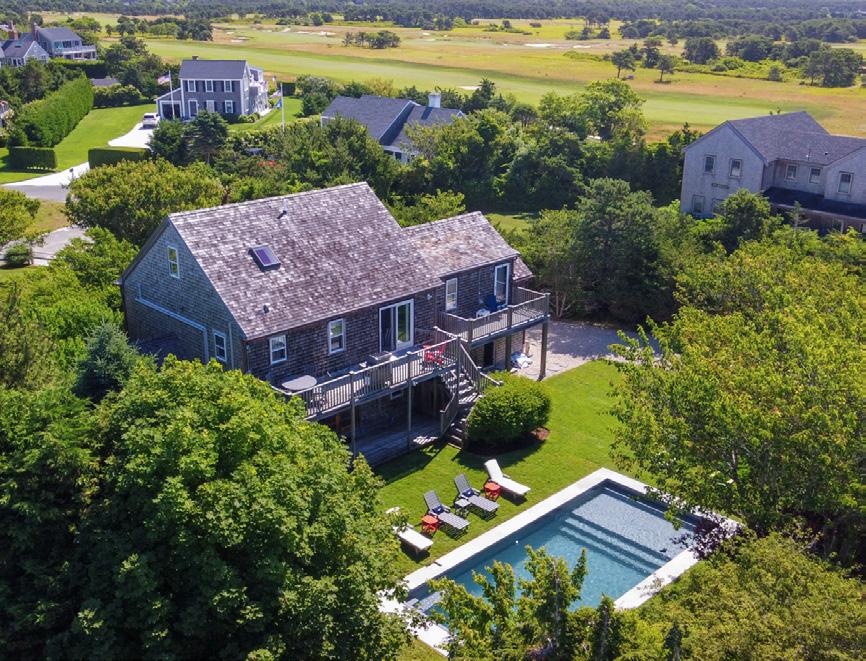

WELCOME TO NANTUCKET
Great Point Properties is one of the leading real estate offices on island, consistently representing one-third of the market. With Iocations in Town and Sconset, we are here to help folks navigate the sales and rental market with confidence.
And to help you Find Your Nantucket.

GREAT POINT PROPERTIES TEAM
BILL LIDDLE | GREG MCKECHNIE
LAURA BELAIR
NICOLE BOUSQUET
AMBER CANTELLA
ERIN CARSON
BERNIE COFFIN
CAROL COFFIN
ALEXA COLEMAN
DEBBI CULBERTSON
TRACY CULLINANE
LIZ FINLAY
JIM GARRELS
DAWN HOLDGATE
BARBARA JOYCE
DENISE LABOMBARD
MICHELE LINDSTEDT
SUSIE LOCKE
NICHOLE MARKS
SARAH MANEIKIS
PAULA MCAULEY
SAM PARSONS
STUART REID
BOBBY SABELHAUS
LEXY SABELHAUS
EDWARD SANFORD
KATIE SEHOLM
CARY TURNER
ETHAN ULMER
DEBBIE WILLETT
CAROLINE CURNOW
EDONA JAKAJ
LILY MACDONALD
LIZ MCCUSKER
CAROLINE MORRIS
SHANE RILEY
ALLY ULMER
OUR MISSION
Nantucket . it’s not a destination on a map. it’s a state of mind.
Great Point Properties is one of the largest real estate firms on Nantucket. But what sets us apart is so much more than size. Guided by strong leadership, we operate as a seamless team with an incredible depth of knowledge, deep roots in the community, and a level of accountability and personal service second to none.
We have a proven track record of success that spans more than two decades. In fact, most of our principals’ business is referral only, which speaks to the level of attention we deliver. Yet we do not rest on our laurels. Whether it’s a sale or a rental, we have exceptional follow-through. And our team will work tirelessly to ensure your satisfaction.
After six highly successful years in business, in 2008 they joined forces with Edward Sanford of Sanford Real Estate under the Great Point Properties name. Together, they set out to create an elevated experience in Nantucket real estate.
In 2013, GPP purchased Sconset Real Estate, the only firm focused solely on the island’s unique east end. The firm offers unparalleled knowledge of this distinct market, supplemented by the services of Great Point Properties staff.
Today, Great Point Properties is one of the most successful real estate firms on the island. Each member of our staff truly believes that we are only as good as our last transaction. So we work extremely hard to earn and keep our clients’ trust. We would say that our team members go above and beyond, but truth is, they are just doing their jobs the only way they know how.
In our 23rd year, Great Point Properties has grown to 29 agents and 7 administrators.


2024 MARKET SNAPSHOT
23%
2024 TOTAL TRANSACTION VOLUME - GPP SHARE
Compared to 2023, 2024 transaction volume was essentially flat, 319 vs. 306 prior.
28%
2024 TOTAL DOLLAR VOLUME - GPP SHARE
House dollar volume had a very strong year, topping $1.2B for just the 3rd time in our history.
$1.33
ANNUAL SALES VOLUME
18%
2024 NANTUCKET RENTAL MARKET - GPP SHARE
Based on the Short-Term Rental Tax collected by the Town of Nantucket, GPP represented 18% of the vacation rental revenue raised in 2024.
$2,5B
$2B
$1,5B
$$500M $1B
ANNUAL TRANSACTION VOLUME
2025 MARKET AT MID-YEAR
We have reached the midpoint of 2025, and Nantucket’s real estate market continues to show strong activity. While a few segments are beginning to show signs of potential softening, others have gained momentum, reinforcing the market’s overall resilience. This year is on pace to surpass $1 billion in sales volume once again, potentially making 2025 the fifthhighest year on record, a remarkable figure for a small 14-by-3.5-mile island located 23 miles out to sea.
In the first half of 2025, we saw $501,140,185 in total dollar volume, up 10% over the prior year. Meanwhile, we saw 145 transactions, up 36% from the prior year. 2025 is off to a great start; however, we are seeing some shift in market segment activity. Despite being up year over year, the average home sales price currently sits at $3,736,308, down compared to the $4,456,779 we experienced in 2024. The median tells the same story, $2,500,000 compared to $3,385,000 prior.
YEAR-TO-DATE HOUSE TRANSACTIONS BY PRICE: 2024 VS 2025
The big story of 2024 was the $10M+ market; however, year-to-date, we have seen a resurgence in the under $4M market. Last year, this segment was quiet for two reasons: a lack of inventory and increased interest rates. 30-year fixed jumbo mortgage rates have held above 6% for nearly two years. When this initial increase occurred, we observed interest ratesensitive buyers becoming more patient, hoping to wait it out until the Federal Reserve cut rates to alleviate the financial burden of debt servicing. However, at the beginning of this year, most experts were predicting at least two rate cuts in 2025, which seemingly brought these buyers off the sidelines. Year-to-date, there have been 82 home sales under $4M, which is up 55% from the 53 we saw during the same period last year. We are now in July, and the Federal Reserve has yet to cut rates. It will be interesting to see how this segment progresses throughout the remainder of the year, despite the current macroeconomic headwinds.
Another interesting development has been listings accumulating days on market. Year-to-date, the average days on market sits at 140, while the average in 2024 was 100, representing a 40% increase. Inventory has also increased. At the time of writing this, there are 210 single-family homes on the market, compared to 181 at this time last year, a 16% change.

An increase in dollar volume and transaction count, alongside higher inventory and longer days on market, appears contradictory. This is due to a discrepancy in seller’s expectations. The current average asking price of available homes is $6,891,187, while the average sales price is $3,736,308. We’re seeing many homeowners list for aspirational numbers and simply not get them. While this strategy may have worked in previous years, buyers are becoming more reluctant to play ball. Our market remains robust and healthy. Appropriately priced properties in sought-after locations continue to experience high demand.






THE STATE OF THE NANTUCKET VACATION RENTAL MARKET
There’s no question that Nantucket has become one of the more talked-about vacation rental markets in recent years. Between beautiful beaches, charming historic streets, and a strong cultural vibe, it’s easy to see why. But beneath the sunny surface, there’s an ongoing debate that has the community at odds: what exactly should be done about short-term rental regulations?
REGULATIONS: STILL A WORK IN PROGRESS
Over the past five years, Nantucket has wrestled with whether to introduce stricter rules on rentals under 32 days or formally allow them by right through zoning changes. The community is split pretty much down the middle, which has led to some heated discussions at Town Meetings. At the State Land Court, the rulings have been more consistent.
Recently, the Massachusetts Land Court ruled that short-term home rentals (under 32 days) aren’t permitted in Nantucket’s old historic residential district under current zoning laws. However,
MID-YEAR RENTAL ACTIVITY: SLOW AND STEADY
the Town has appealed this decision, and for now, they aren’t enforcing it. This leaves both homeowners and renters in a bit of limbo until a solution is agreed upon. The hope? A special Town Meeting will be called this fall, focused solely on finding a broadly supported zoning solution that can get the necessary two-thirds majority vote. This is a complex puzzle, but one that’s urgently needed to give everyone clarity.
Meanwhile, the Town has rolled out a new short-term rental certificate program administered by the Nantucket Health Department and established by Town voters in 2023. Property owners renting for more than two weeks a year or on a shortterm basis need to register with the Health Department. Adoption has been steady but slow — so far, about 1,300 homeowners have registered, with projections suggesting that full compliance will hover around 1,700 homes by 2026. Part of the holdup? A user-unfriendly registration website and general confusion around the new requirements.
When it comes to actual leasing activity, it’s hard to get the full picture since most lease data isn’t public. There’s been plenty of chatter about a slowdown, but at Great Point Properties, we’ve seen nearly the same number of leases through June as last year, and dollar volume has increased by just over 10 percent for the same period, with our leases averaging $15,000 before taxes.
This trend mirrors what we’re seeing in the broader travel industry: overall domestic travel is flat to slightly down, except for premium cabin seats, which are up. On Nantucket, demand seems to be shifting toward higher-end rental homes. The likely culprit of this trend is the cost and hassle of getting to the island, plus overall inflation, which appear to be pushing out a segment of vacationers.
Another factor? Supply. During COVID and the remote-work boom, rental demand skyrocketed with demand that we have not seen in several years. Homeowners responded by adding high-end amenities like pools and spas to stand out. Today, these once-rare features are much more common, and while they still command premium rates, we now have a large supply
of homes in the $20,000+ per week range, while demand has diminished as the COVID era is in our rear view mirror.
LOOKING AHEAD
Overall, the Nantucket rental market feels stable but calls for caution. Regulations are unresolved, and any buyer seeking to maximize short-term rental occupancy should proceed cautiously until the island settles on regulations. And if the economy softens, we expect more pressure on the lower-priced segment rather than the luxury end. And while pools and luxury amenities remain popular, we do not see short-term growth in demand. Overall, we remain optimistic that the island will find a workable regulatory solution in the near term. And, we expect demand to stay steady with muted growth.









WHAT TO KNOW IN THE NANTUCKET REAL ESTATE WORLD
Zoning: Nantucket has twenty different zoning areas across the island. The zoning map is a patchwork indicating the allowable density and use. The island’s zoning varies from industrial to protective moorlands management. Lot sizes can vary from minimums of 5,000 square feet to 10 acres. Along with lot size, allowable ground cover ratios, and setbacks are defined within our zoning. Many properties were created and built before Nantucket’s zoning laws and if they are not conforming to the regulations, they are grandfathered as preexisting and non-conforming lots of record.
Water and Waste: The island is fortunate to have an aquifer below its surface. The Town water, managed by Wannacomet Water Company, has wells ranging from 75’ to 150’ in depth that draw on the aquifer and distribute it to the Town’s water distribution system. More rural areas have private wells. As for waste, the more densely populated areas of the island, like Sconset Village, Nantucket Town, and Mid-Island, have access to connect to the Town’s sewer system. The sewer is pumped to a waste treatment plant on the South Shore. Less densely populated areas or outlying areas do not have Town sewers, and private septic systems serve homes. Several sensitive water protection zones require more advanced systems. As a general rule of thumb, a more environmentally sensitive system will be required if a property is in proximity to the Harbor, Hither Creek, or freshwater ponds.
Historic District Commission: The Historic District Commission, commonly referred to as the HDC, is the island’s architectural review board. Exterior changes to any building require approval from this board. The board consists of five elected members with three alternate members. The public meetings are conducted weekly, and the applications can vary from a front door paint change request to the approval of a harborfront estate. Any project requiring a building permit that would involve exterior alteration would first require approval from the Historic District Commission. The HDC was established to maintain and preserve the island’s amazing collection of historic homes while providing a design context for new construction. Building with Nantucket in Mind is a terrific book that provides context and illustration for designs considered appropriate on Nantucket.
Nantucket Conservation Commission: The Conservation Commission, often called the ConCom, is a regulatory board consisting of seven appointed members and an administrative staff that monitors and safeguards the island’s water resources. Many island properties are subject to wetland regulations. As a general rule, any kind of land alteration/construction within 100’ of an identified wetland is subject to the Conservation Commission. As a homeowner or potential buyer, it is important to seek expert advice from a licensed surveyor for any site with wetlands.
General: Nantucket is nearly 30,000 acres, or 47 square miles, in size, and its population varies from around 14,500 in the winter months to upwards of 80,000 in the peak of summer. Nearly 12,500 houses are spread across the island and powered by electricity from an undersea cable from Cape Cod. The island has one hospital and one school system bolstered by two popular private schools serving pre-K through 8th grade. Nantucket is a Town, county, and an island.
The island’s elected body is the Selectboard, consisting of five elected volunteers. The island’s legislative body is an Annual Town Meeting. These two bodies are administered by a town manager.
Nantucket
Tax Rate and Budget: The island’s annual operating budget is about $131,000,000, plus additional capital expenses, which bring the total budget close to $150,000,000. Like most towns, the main expenses are safety and education. The majority of tax revenue comes from property taxes. The 2025 rate is $3.28 per $1,000. It is worth noting that in 2024, $13,678,170 was generated from room occupancy taxes that include taxes collected by short-term rental homeowners and lodging establishments.
Short-Term Rental Regulations:
The Nantucket government and voters have struggled with short-term rentals and proposed regulations. The island has a history of homes being rented weekly, but its popularity, combined with the demand for vacation home rentals, has culminated in a heated debate over the best practice for the island. Four years of Annual Town Meeting debates, along with a court ruling, have yet to clarify the future direction of STRs, but it is reasonable to assume that there will be regulatory changes in the coming years.
Conservation: Nantucket is closing in on nearly 50% of the island’s land under conservation or protection. The largest steward of conservation land, with 9,010 acres in protection, is the Nantucket Conservation Foundation. Several of their popular properties include Sanford Farm, Squam Farm, the Middle Moors, and Tupancy Links. The Nantucket Island Land Bank is the second-largest conservation group, managing 3,373 acres. The Land Bank continues to acquire land for public benefit through revenue generated by a two percent transfer fee paid on all transactions by buyers. In total, nine very active conservation organizations contribute to keeping portions of the island’s landscape open, with 17,225 protected acres. Check out the Coast to Coast walking trail network if you have an interest in enjoying the amazing collection of open lands.
Beach Access: The island is unique, with abundant access to its 82 miles of beaches. Popular south shore beaches like Cisco and Surfside to calm-water beaches along the North Shore in Dionis or near the Jetties all have parking and access. Though our more popular beach destinations tend to be public, many are private. There has been a long culture of property owners sharing their beaches with the public. As guests, we are encouraged to stay away from the fragile dunes, leave only our footprints, and refrain from driving on the beach.
Insurance: Obtaining homeowners coverage for a second home or investment property limits choices, especially when the home has a high replacement value or is considered to be in a higher-risk location. The island has a good selection of insurance companies that can advise on the options available. Some seasonal residents may use an off-island relationship and bundle their Nantucket home with other insured properties.
NANTUCKET PRICE INDEX:
HOMES IN POPULAR ISLAND LOCATIONS
AROUND THE $5,000,000 PRICE RANGE

NANTUCKET – TIMELESS ELEGANCE
25 Pine Street – $5,195,000
Step back in time—without sacrificing modern comfort—in this gorgeous 19th-century reproduction. With four bedrooms, four baths, and a location just a short stroll from Nantucket’s charming Main Street, this home pairs classic style with an unbeatable spot in town.

JOHNS ISLAND, FL - OCEANSIDE
VERO BEACH
80 Cowry Lane – $4,950,000
With nearly 3,600 square feet of living space, this spacious three-bedroom home (built in 1985) offers lush landscaping, a relaxing pool, and a laid-back coastal lifestyle in Oceanside Village. Beach access is just steps away.

EDGARTOWN – VINEYARD VIBES WITH A MODERN TWIST
264 Katama Road – $4,950,000
Built in 2020, this four-bedroom beauty boasts a sleek design, a garage and studio, and a pool out back. It’s the perfect midpoint between downtown Edgartown and the dunes of Katama Beach—just 1.8 miles in either direction.

PALM BEACH ISLAND – COZY, CHIC, AND CLOSE TO IT ALL
231 Cocoanut Row – $3,995,000
This adorable three-bedroom cottage might be compact (1,000 square feet), but it punches well above its weight. Set on a 3,900-square-foot lot with a private plunge pool, it holds the title of least expensive single-family home on Palm Beach Island.

SOUTHAMPTON, NY – HAMPTONS COOL
121 David Whites Lane – $4,950,000
Newly completed in 2025, this sixbedroom, 3,900-square-foot stunner sits on a tidy 10,000-square-foot lot and comes with its own pool. It’s just a short walk to Southampton Village.

